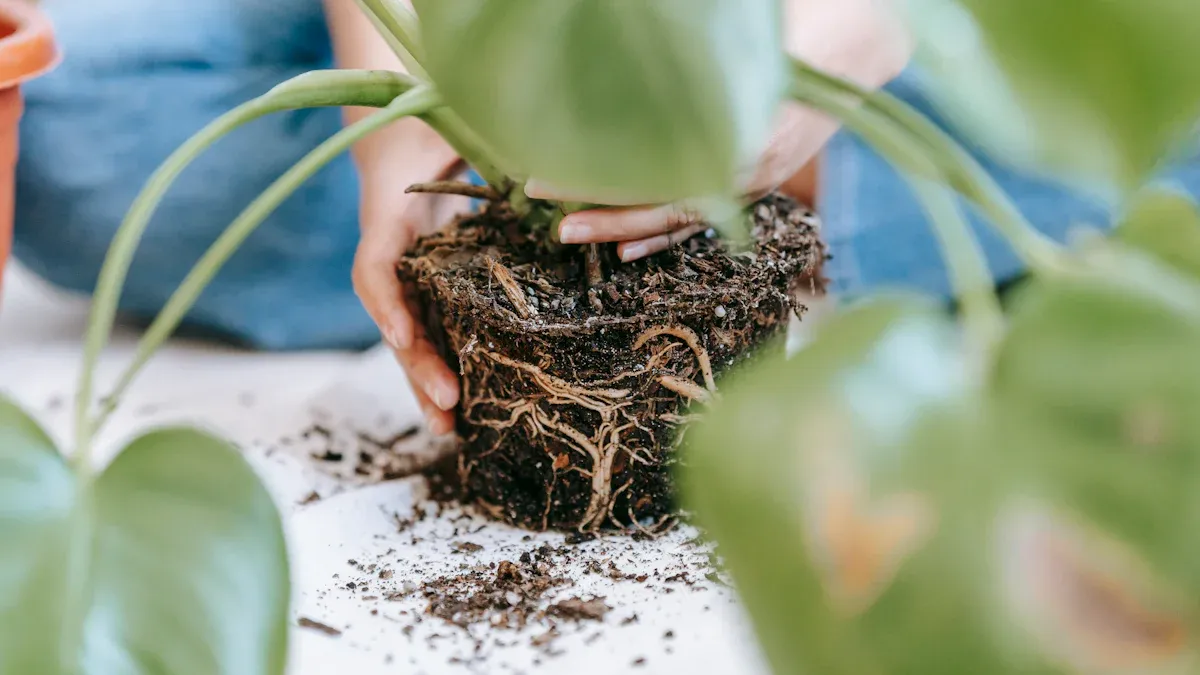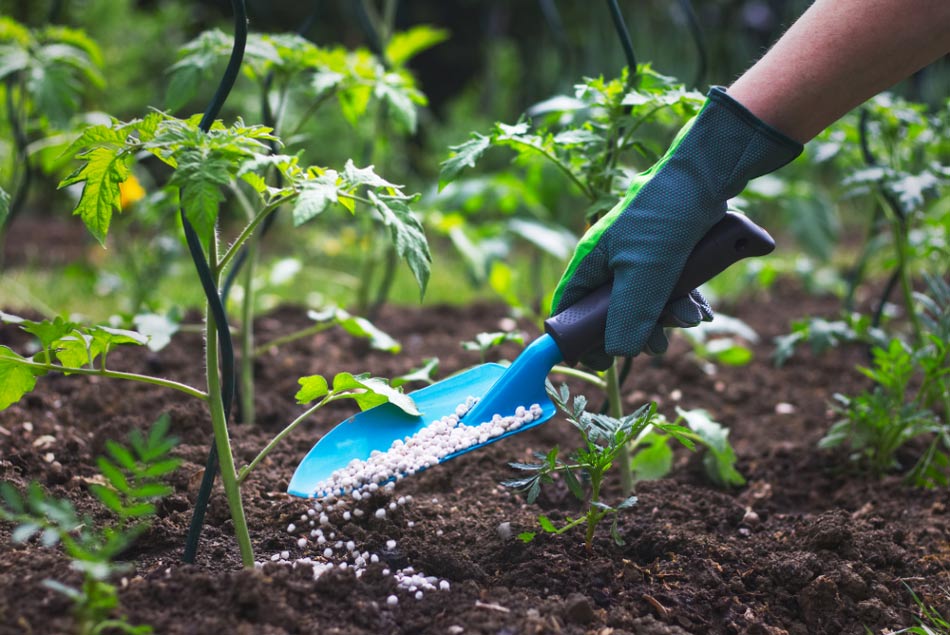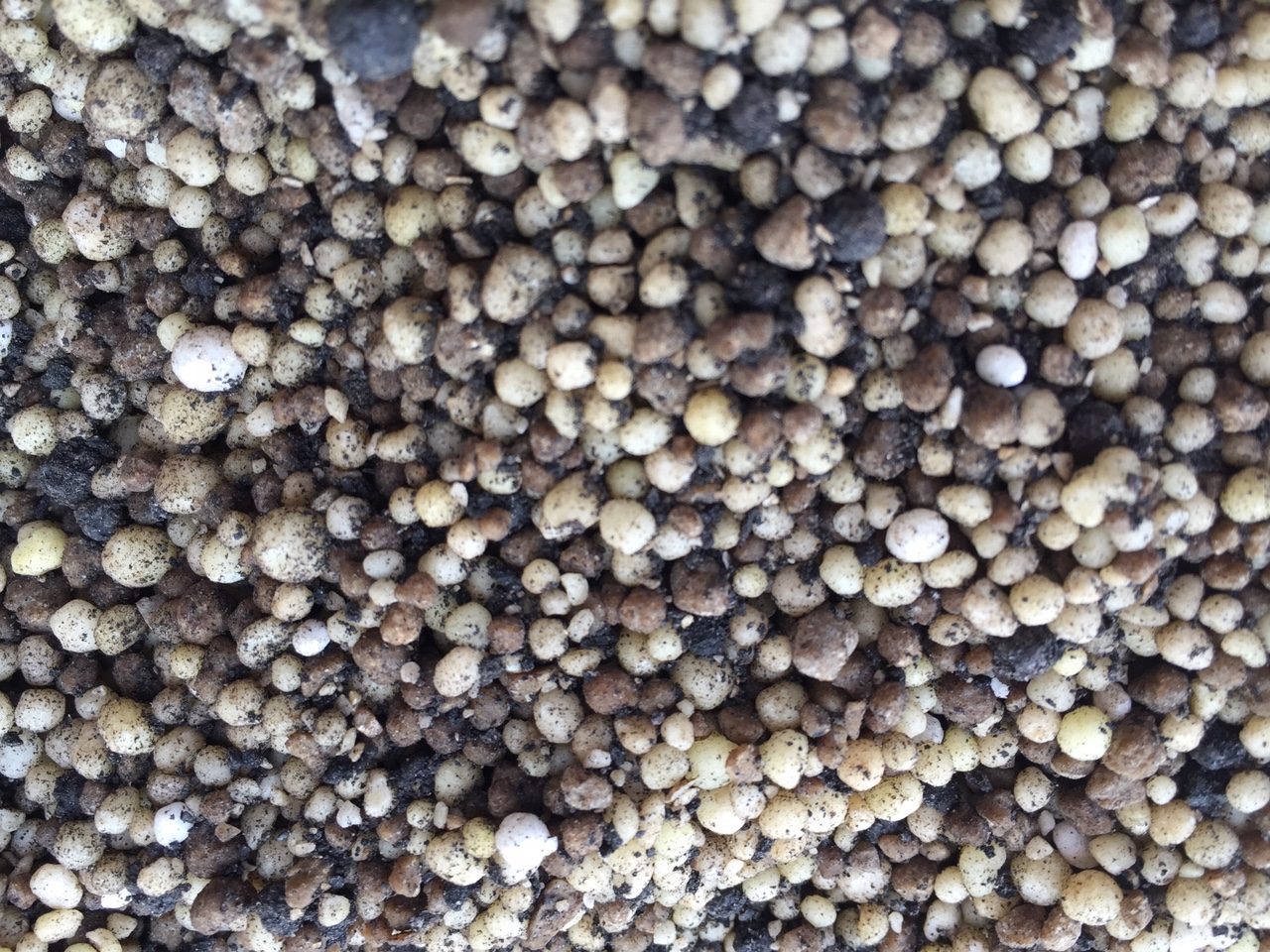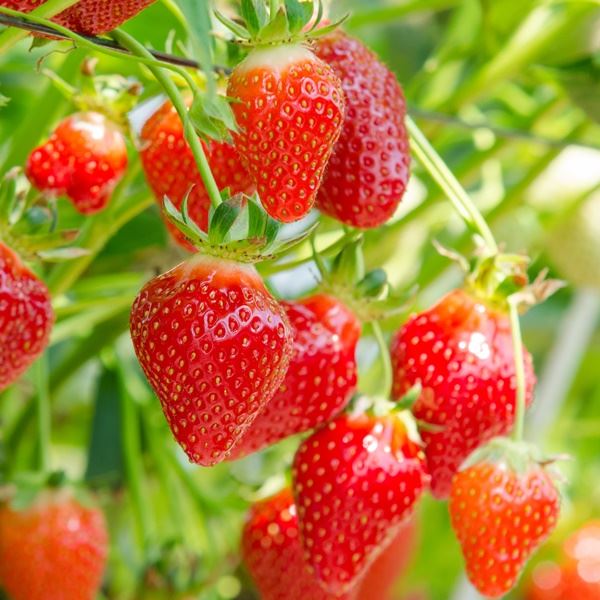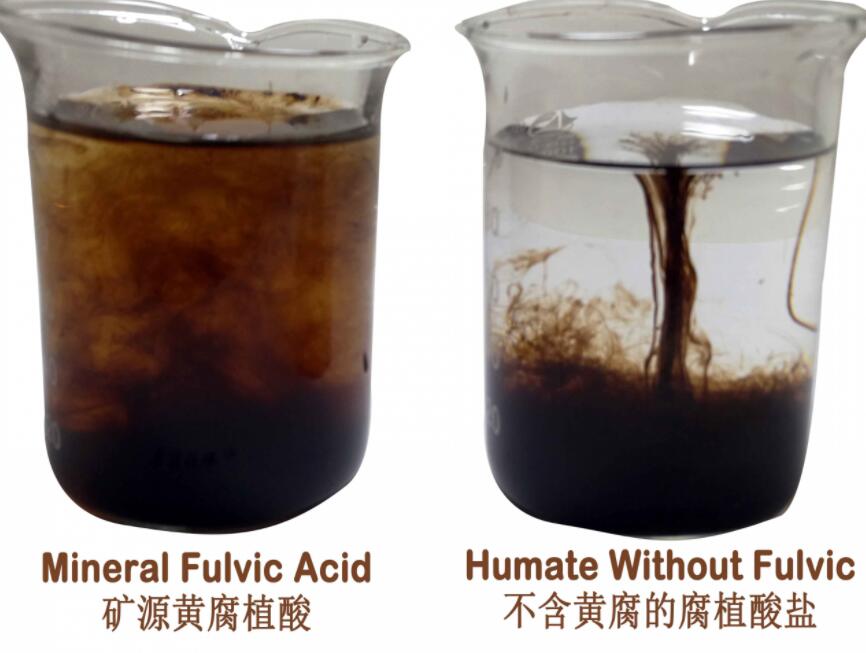Humic acid is a powerful natural soil conditioner that transforms how your plants grow. It enhances soil health and promotes thriving plants by improving nutrient absorption and boosting root development. Studies show that humic acid increases crop yield and quality questions regards humate humic acid price quality application by encouraging better nutrient uptake and metabolic activity. You can also expect healthier soil, as humic acid reduces soil-borne diseases. Additionally, it positively impacts plant protein levels, leading to more robust growth and improved plant structure. When you use humic acid on plants, you create the ideal environment for lush, vibrant growth.
Key Takeaways
- Humic acid helps soil by improving nutrient intake and root growth. This makes plants healthier.
- Pick the right humic acid type—granules last longer, liquid works fast, and powder is easy to use in different ways.
- Use it correctly, like spraying on leaves or mixing into soil, to get the best results for your plants.
- Don’t make mistakes like using too much or skipping soil tests. These can stop humic acid from working well.
- Add humic acid at the start of planting season. This helps plants grow better and improves the soil.
Types of Humic Acid Products
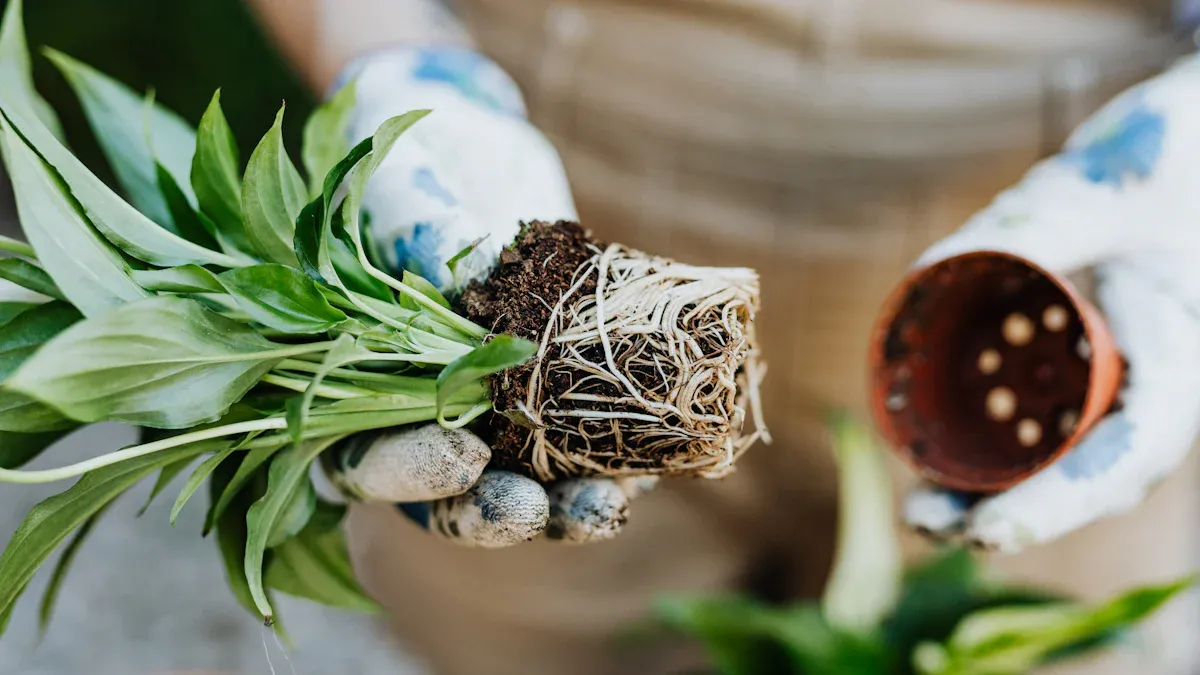
Granular Humic Acid
Granular humic acid is a popular choice for improving soil structure and fertility. You can apply it directly to the soil, where it slowly releases nutrients and enhances microbial activity. This product works well in drought-prone areas, as it increases water retention and reduces soil erosion.
Here’s how granular humic acid impacts soil health:
| Benefit Description | Source |
|---|---|
| Increased water retention by up to 30% in drought-prone areas | Journal of Soil Science |
| 50% increase in microbial biomass in treated soils | Soil Health Institute |
| 20% increase in nitrogen use efficiency in crops | International Journal of Agronomy |
| 20-40% increase in crop yield compared to traditional fertilizers | N/A |
| 50% increase in microbial biomass for nutrient cycling | Journal of Soil Science |
Granular humic acid is ideal for gardeners and farmers seeking long-term soil health improvements.
Liquid Humic Acid
Liquid humic acid offers a fast-acting solution for enhancing plant nutrient uptake. You can mix it with water and apply it directly to the soil or as a foliar spray. This product is especially effective for improving root absorption and boosting plant growth.
Key benefits of liquid humic acid include:
- The negative charge of roots attracts humic acid biomolecules, facilitating the uptake of micronutrients into the plant’s circulation system.
- Liquid humic substances enhance nutrient uptake by improving physiological processes in plants, leading to higher yields of quality produce.
- They facilitate the breakdown of complex molecules, making nutrients more accessible to the root system, which results in increased photosynthesis and better quality blooms or fruits.
- Humic acid molecules help in chelating essential micronutrients like magnesium, calcium, and iron, increasing their availability to plants as they are absorbed through the root system.
Liquid humic acid is perfect for those looking to see quick results in plant health and productivity.
Powder and Soluble Concentrates
Powdered humic acid and soluble concentrates provide a versatile option for soil and plant care. You can dissolve these products in water for easy application or mix them with other fertilizers for a customized solution. These concentrates are highly effective for drip irrigation systems and foliar sprays.
Powdered humic acid works well for large-scale farming operations and home gardens alike. It ensures even distribution of nutrients and promotes better root development. By using soluble concentrates, you can tailor the application to meet specific plant needs, ensuring optimal growth and soil health.
This type of humic acid is ideal for those who prefer flexibility and precision in their gardening practices.
Step-by-Step Application Guide
Preparing Humic Acid for Use
Proper preparation ensures humic acid delivers maximum benefits to your plants. Before applying, assess your soil’s condition and plant needs. Humic acid can improve soil aeration, neutralize pH, and enhance moisture retention. For clay soils, it boosts drainage, while sandy soils benefit from better water retention.
Here are some common preparatory steps:
- Soil Structure Improvement: Mix humic acid into the soil to enhance aeration and drainage.
- pH Neutralization: Apply humic acid to acidic soils to balance pH and improve nutrient availability.
- Seed Treatment: Coat seeds with humic acid to promote faster germination and protect seedlings.
- Foliar Application: Prepare humic acid for spraying to boost plant health and yield.
- Drip Irrigation: Combine humic acid with irrigation water to improve soil structure and water retention.
- Soil Conditioning: Use humic acid to enhance nutrient uptake and overall plant health, leading to increased yields and stress resistance.
By following these steps, you create an optimal environment for thriving plants.
Dilution Instructions for Liquid Products
Liquid humic acid requires proper dilution to ensure effective application. Begin by reading the product label for specific instructions. Most liquid humic acid products recommend mixing with water at a ratio of 1:100 or 1:200, depending on the concentration.
Follow these steps for dilution:
- Measure the recommended amount of liquid humic acid.
- Add the humic acid to a container filled with water.
- Stir the mixture thoroughly to ensure even distribution.
- Test the solution on a small area before full application.
💡 Tip: Use clean water to avoid contamination and ensure the humic acid dissolves completely.
Diluted liquid humic acid can be applied directly to the soil or used as a foliar spray for quick absorption.
Application Methods
Humic acid can be applied using various methods, depending on your plants’ needs and the type of product you choose. Each method offers unique benefits, so select the one that aligns with your gardening goals.
| Treatment Type | Effect on Vegetative Growth | Photosynthetic Pigments | Oil Yield/Plant | Mineral Content | Antibacterial Activity |
|---|---|---|---|---|---|
| Humic Acid (HA) | Significant Increase | Significant Increase | Significant Increase | Significant Increase | Significant Increase |
| Salicylic Acid (SA) | Significant Increase | Significant Increase | Significant Increase | Significant Increase | Significant Increase |
| Glycyrrhizic Acid (GA) | Variable Effects | Variable Effects | Variable Effects | Variable Effects | High Antimicrobial Activity |
| Control (Water) | No Significant Change | No Significant Change | No Significant Change | No Significant Change | No Significant Change |
Here are the most common application methods:
- Foliar Spray: Spray diluted humic acid directly onto plant leaves for faster nutrient absorption.
- Soil Conditioner: Spread granular or powdered humic acid evenly across the soil surface and water it in.
- Drip Irrigation: Add soluble humic acid concentrates to your irrigation system for consistent delivery to plant roots.
Each method enhances plant health and growth, ensuring your garden flourishes.
Foliar Spray Technique
Applying humic acid as a foliar spray is one of the most effective ways to deliver nutrients directly to your plants. This method allows the leaves to absorb humic acid quickly, bypassing the soil and providing an immediate boost to plant health.
To use this technique:
- Dilute liquid humic acid according to the product’s instructions. A common ratio is 1:100 or 1:200.
- Pour the solution into a clean spray bottle or garden sprayer.
- Spray the mixture evenly onto the leaves, ensuring full coverage without dripping.
💡 Tip: Apply the spray early in the morning or late in the afternoon. This prevents the solution from evaporating too quickly and ensures better absorption.
Foliar sprays are especially useful during periods of stress, such as drought or pest infestations. They help plants recover faster by improving nutrient uptake and boosting photosynthesis. You can also combine humic acid with other foliar fertilizers for a more comprehensive treatment.
Soil Conditioner Application
Using humic acid as a soil conditioner improves soil structure and fertility over time. This method works well for both garden beds and large-scale agricultural fields.
Here’s how to apply humic acid as a soil conditioner:
- Granular Products: Spread granular humic acid evenly across the soil surface. Water the area thoroughly to help the granules break down and integrate into the soil.
- Powdered or Soluble Concentrates: Dissolve the product in water and apply it to the soil using a watering can or sprayer.
Humic acid enhances soil aeration, making it easier for roots to grow. It also increases the soil’s ability to retain water and nutrients, which is particularly beneficial for sandy or clay-heavy soils. Over time, you’ll notice healthier plants with stronger root systems and improved resistance to environmental stress.
Note: For best results, apply humic acid at the start of the growing season or after harvesting. This ensures the soil has time to absorb the nutrients before planting.
Using Humic Acid in Drip Irrigation Systems
Drip irrigation systems provide a precise and efficient way to deliver humic acid directly to plant roots. This method ensures even distribution and minimizes waste, making it ideal for both small gardens and large farms.
To use humic acid in a drip irrigation system:
- Dissolve powdered or soluble humic acid concentrates in water. Follow the product’s recommended dilution ratio.
- Add the solution to your irrigation system’s reservoir or inject it directly into the water line.
- Run the system as usual, allowing the humic acid to reach the root zone.
Research highlights the benefits of combining humic acid with drip irrigation:
| Study Focus | Findings | Conclusion |
|---|---|---|
| Effect of humic substances on potato yield | Increased tuber yield quantity, starch content, and nutrient concentration with higher humic application rates | Humic substances enhance crop yield and soil fertility in drip irrigation systems |
| Subsurface drip fertigation effects | Improved soil moisture retention at critical crop stages | Subsurface drip systems enhance water-use efficiency and crop yield |
By integrating humic acid into your drip irrigation system, you can improve soil moisture retention and nutrient availability. This leads to healthier plants and higher yields.
💡 Tip: Regularly clean your irrigation system to prevent clogging, especially when using soluble concentrates. This ensures consistent delivery of humic acid to your plants.
Benefits of Using Humic Acid on Plants
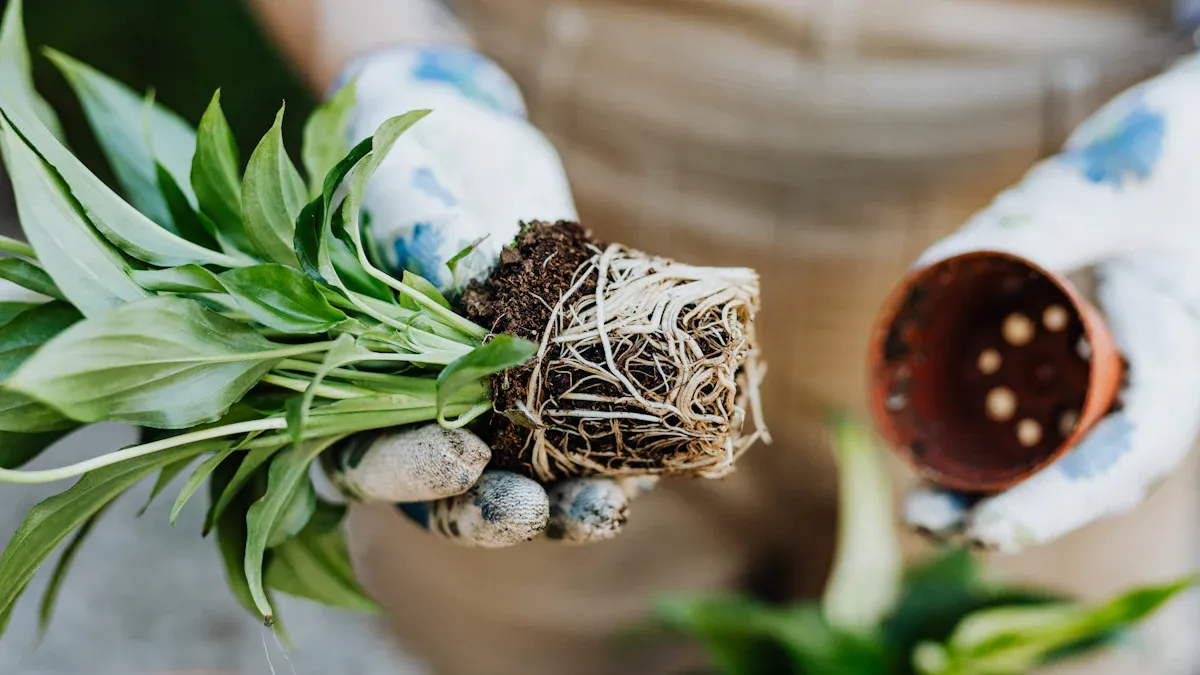
Improved Soil Structure
Humic acid plays a vital role in improving soil structure, which directly impacts plant growth. When you apply humic acid to your soil, it enhances the formation of soil aggregates. These aggregates improve aeration and water retention, creating an ideal environment for roots to grow.
Scientific studies have shown measurable improvements in soil aggregation with humic acid use. For example:
| Measurement | Result | Comparison |
|---|---|---|
| Aliphatic C content in HA | Increased with organic fertilization | Compared to initial HA structure |
| Stability of Organic C in Microaggregates (<0.25 mm) | Increased due to higher aliphatic C | Relative to previous conditions |
| Mean Weight Diameter (MWD) | Increased by 3.40%–14.20% with manure application | Compared to control (CK) |
| Carbon Sequestration in Small Macro-aggregates | 1.25–2.64 times faster with increased manure | Relative to other aggregates |
| Proportion of Macroaggregates (>0.25 mm) | Increased due to organic fertilization | Relative to initial conditions |
By improving soil structure, humic acid helps your plants access nutrients more efficiently. It also reduces soil compaction, making it easier for roots to penetrate deeper into the ground. Over time, you’ll notice healthier soil that supports robust plant growth.
💡 Tip: Apply humic acid at the start of the growing season to maximize its impact on soil structure.
Enhanced Nutrient Uptake
Humic acid significantly boosts nutrient uptake in plants, ensuring they receive the essential elements needed for growth. When you use humic acid on plants, it enhances the availability of key nutrients like nitrogen, phosphorus, and potassium. This leads to better flowering, fruiting, and overall plant health.
Here are some key findings:
- The use of humic acid correlates with increased total seed weight in crops like canola, indicating improved nutrient absorption.
- Nitrogen availability improves with humic acid application, which supports flowering and pollination.
- Combining humic acid with fertilizers increases soil nutrient content, promoting healthier and more vigorous plants.
Humic acid molecules act as natural chelators, binding to micronutrients and making them more accessible to plant roots. This process ensures that your plants absorb nutrients more efficiently, leading to higher yields and better-quality produce.
Note: For best results, combine humic acid with organic or synthetic fertilizers to maximize nutrient availability.
Increased Plant Health and Growth
When you apply humic acid to your garden, you’ll notice a remarkable improvement in plant health and growth. Humic acid stimulates root development, allowing plants to access water and nutrients more effectively. It also enhances photosynthesis, leading to greener leaves and stronger stems.
Plants treated with humic acid show increased resistance to environmental stressors like drought and pests. This is because humic acid improves the soil’s ability to retain moisture and nutrients, creating a stable environment for plant growth. Over time, you’ll see healthier plants with vibrant blooms and higher yields.
💡 Tip: Use humic acid as a foliar spray during periods of stress to give your plants an immediate boost.
Better Water Retention in Soil
Humic acid improves the soil’s ability to retain water, which is essential for healthy plant growth. When you apply humic acid, it enhances the soil’s structure by binding particles together. This creates small spaces within the soil that hold water, making it available to plant roots for longer periods.
Here’s how better water retention benefits your garden:
- Prevents Water Loss: Humic acid reduces water evaporation from the soil surface, especially in hot climates.
- Supports Root Growth: Moist soil encourages roots to grow deeper, helping plants access more nutrients.
- Improves Drought Resistance: Plants in humic acid-treated soil can survive longer during dry spells.
💡 Tip: Use humic acid on sandy soils to improve their water-holding capacity. This prevents water from draining too quickly and ensures your plants stay hydrated.
Scientific studies show that humic acid increases the soil’s water-holding capacity by up to 30%. This makes it an excellent choice for gardeners in areas with limited rainfall. By improving water retention, humic acid creates a stable environment for plants to thrive.
Reduced Soil Erosion
Soil erosion can strip away nutrients and damage your garden. Humic acid helps prevent this by improving soil stability. When you apply humic acid, it strengthens the bonds between soil particles, making them less likely to wash away during heavy rains or irrigation.
Here are some ways humic acid reduces soil erosion:
- Enhances Soil Aggregation: Humic acid binds soil particles into larger clumps, which resist erosion.
- Increases Organic Matter: Organic-rich soil holds together better, reducing the risk of erosion.
- Promotes Vegetative Cover: Healthier plants with stronger roots stabilize the soil and prevent runoff.
Note: Apply humic acid before the rainy season to protect your soil from erosion.
Research highlights that humic acid-treated soils experience significantly less erosion compared to untreated soils. This not only preserves the topsoil but also ensures that essential nutrients remain available for your plants. Over time, you’ll notice healthier soil that supports sustainable plant growth.
Common Mistakes to Avoid
Over-Application of Humic Acid
Using too much humic acid can harm your plants and soil. Over-application may lead to nutrient imbalances, which can stunt plant growth or cause yellowing leaves. It can also disrupt the soil’s microbial activity, reducing its ability to support healthy plants.
To avoid this mistake:
- Follow Product Guidelines: Always check the label for recommended application rates.
- Start Small: Begin with a lower dose and monitor your plants’ response.
- Use Measuring Tools: A measuring cup or scale ensures accurate application.
💡 Tip: More humic acid doesn’t mean better results. Stick to the recommended amounts for optimal plant health.
Neglecting Soil Testing Before Use
Skipping soil testing can lead to ineffective humic acid application. Without knowing your soil’s pH, nutrient levels, or texture, you risk applying humic acid in a way that doesn’t address your soil’s needs.
Why soil testing matters:
| Reason | Impact |
|---|---|
| Identifies nutrient deficiencies | Ensures humic acid complements fertilizers |
| Reveals pH imbalances | Helps adjust soil acidity or alkalinity |
| Determines soil type | Guides application methods for sandy or clay soils |
Note: Test your soil before applying humic acid. This ensures you target specific issues and maximize its benefits.
Improper Storage of Humic Acid Products
Storing humic acid incorrectly can reduce its effectiveness. Exposure to moisture, heat, or direct sunlight can degrade the product, making it less potent.
Best practices for storage:
- Keep It Dry: Store humic acid in a sealed container to prevent moisture damage.
- Avoid Extreme Temperatures: Place it in a cool, shaded area away from direct sunlight.
- Check Expiry Dates: Use the product before it expires to ensure maximum effectiveness.
💡 Tip: Label your storage containers with the product name and purchase date for easy tracking.
By avoiding these common mistakes, you’ll ensure humic acid works effectively to improve your plants and soil.
Using the Wrong Type of Humic Acid for Specific Needs
Choosing the wrong type of humic acid can limit its effectiveness and waste your time and money. Each type of humic acid—granular, liquid, or powdered—serves specific purposes. Understanding these differences helps you match the product to your plants’ needs and soil conditions.
Why It Matters
Using the wrong product can lead to poor results. For example:
- Granular Humic Acid: Works best for long-term soil improvement. If you need quick results, this may not be the right choice.
- Liquid Humic Acid: Provides fast absorption but may not offer the sustained benefits of granular forms.
- Powdered or Soluble Concentrates: Ideal for precision applications, but improper mixing can lead to uneven distribution.
💡 Tip: Always assess your soil type, plant requirements, and application method before selecting a product.
Matching Humic Acid to Your Needs
| Type | Best For | Limitations |
|---|---|---|
| Granular | Long-term soil health improvements | Slow to release nutrients |
| Liquid | Quick nutrient absorption | Shorter-lasting effects |
| Powdered/Concentrates | Customizable applications | Requires careful mixing and application |
How to Avoid This Mistake
- Test Your Soil: Identify your soil’s pH, texture, and nutrient levels.
- Define Your Goals: Decide if you want immediate results or long-term benefits.
- Read Product Labels: Check the recommended uses and application methods.
- Consult Experts: Seek advice from local gardening centers or agricultural specialists.
Note: Using the right type of humic acid ensures your plants receive the maximum benefits, leading to healthier growth and improved yields.
By selecting the correct product, you can optimize your efforts and achieve thriving plants.
Humic acid on plants offers a transformative way to boost growth and improve soil health. By selecting the right product and applying it correctly, you can achieve sustainable results. Research shows humic acid increases crop yields, enhances soil quality, and provides excellent economic returns.
| Benefit Description | Evidence |
|---|---|
| Increased Crop Yields | Studies indicate a 25% increase in corn yields with humic acid compared to conventional fertilizers. |
| Economic Return | Farmers can see a return of up to $3.50 for every dollar spent on humic acid. |
| Soil Health Improvement | Humic acid enhances soil quality by improving nutrient retention and soil structure. |
When you avoid common mistakes, such as over-application or improper storage, you create the ideal conditions for thriving plants and a healthier ecosystem.
FAQ
What is the best time to apply humic acid?
Apply humic acid at the start of the growing season or after harvesting. Early application improves soil structure and nutrient availability, giving your plants a strong foundation for growth.
Can humic acid be mixed with fertilizers?
Yes, you can mix humic acid with organic or synthetic fertilizers. This combination boosts nutrient absorption and enhances soil health. Always follow product instructions for proper mixing ratios.
How often should I use humic acid?
Use humic acid once or twice per growing season. Overuse can lead to nutrient imbalances. Monitor your plants and soil to determine if additional applications are necessary.
Is humic acid safe for all plants?
Humic acid is safe for most plants, including vegetables, flowers, and trees. Test it on a small area first to ensure compatibility with your soil and plants.
Can humic acid help with drought resistance?
Yes, humic acid improves water retention in soil, helping plants survive dry conditions. Apply it to sandy soils or during drought periods for better hydration and root health.


